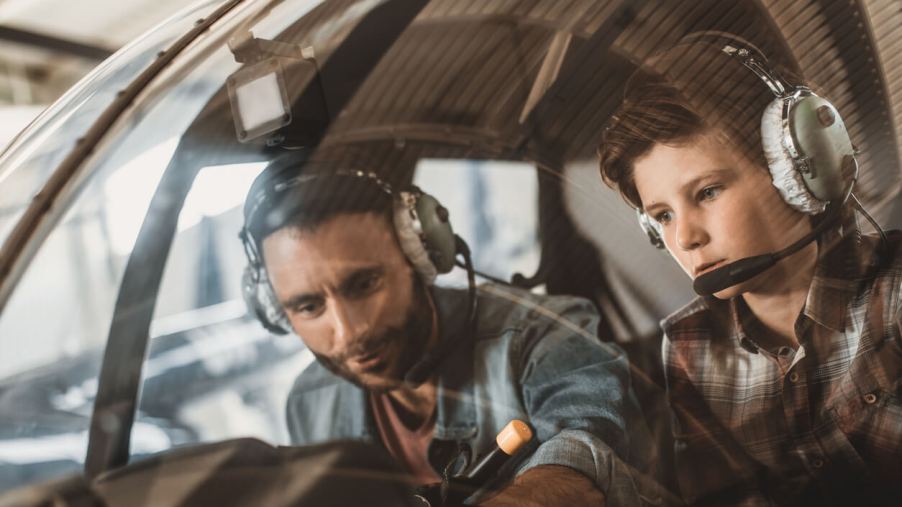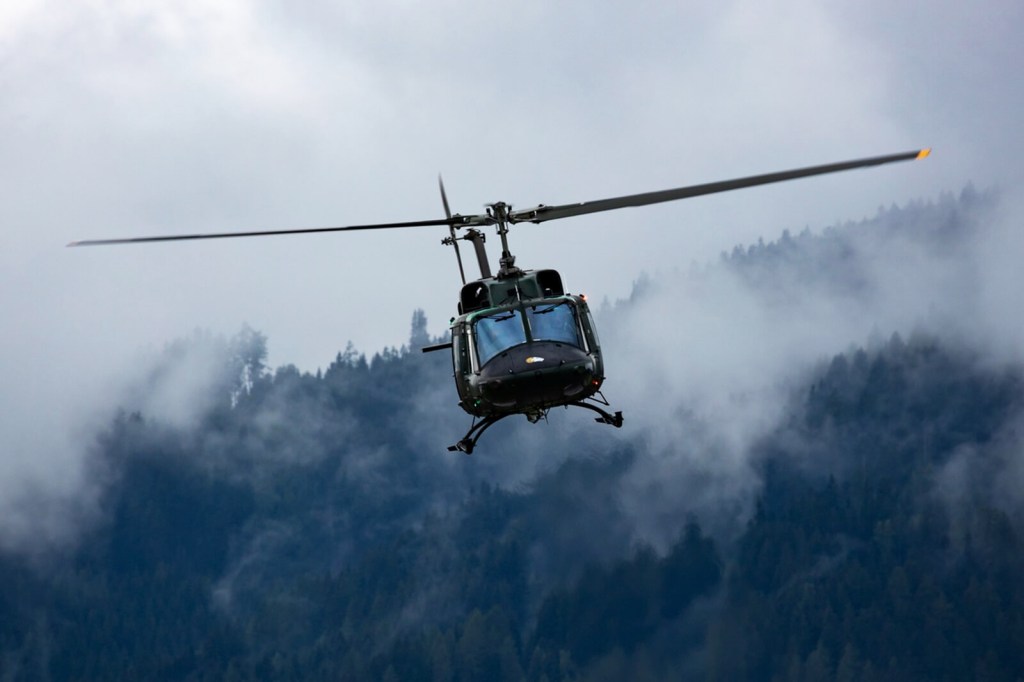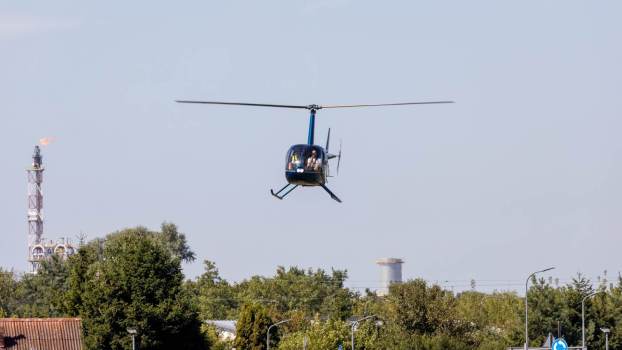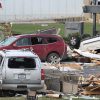
Can Just Anyone Fly a Helicopter?
Helicopters are a necessity in today’s society. From traffic coverage to geological surveys to medevacs. So, can anyone get their helicopter license and fly a helicopter? Or is it more restrictive than you might think?
16-year-olds can legally fly a helicopter, but a student has to be at least 18 years of age to get a commercial pilot’s license
Not anyone can fly a helicopter legally. You must be at least 17 years old to test out for a Private Pilot’s License (PPL). Moreover, aviators who want to take it further and acquire a Commercial Pilot’s License (CPL) will have to wait until their 18th birthday, per the Hillsboro Aero Academy.
What’s more, prospective pilots have to pass a Federal Aviation Administration (FAA) flight physical to prove that they’re healthy enough to fly an airplane or helicopter. After all, the FAA doesn’t want pilots having medical emergencies in flight or being unable to identify Runway End Identifier Lights (REIL). Moreover, pilots must be language proficient enough to communicate on the radio. That said, as long as you can afford and qualify for it, you can train to become a private helicopter pilot.

However, getting a job flying helicopters is a different story. Unsurprisingly, one of the most common ways to become a professional rotary wing pilot is to commission in the military. Every branch, from the United States Army to the United States Marine Corps (USMC), uses rotary-wing applications across the board.
If the military route isn’t for you, numerous agencies nationwide need helicopter pilots for many reasons. For instance, even with the widening application of drone technology, some news outlets still use traffic choppers to report on traffic conditions. However, more commonly, you’ll find helicopters used by police departments and agencies like the U.S. Geological Survey (USGS) for imaging purposes. Furthermore, agencies with a need for pilots could demand as many as 1,000 or 2,000 “pilot-in-command” hours to even qualify for their pilot positions.





